Search result

OnePlus has a reputation for mid-range smartphones but after years of keeping its budget-conscious consumers happy, the company is now moving to premium high-end flagships. OnePlus 8 Pro is its latest premium flagship smartphone starting at $899. It is one of the most expensive phones in the market right now even though it hasn't crossed the $1000 price line yet. OnePlus has been keen on its design, visual changes, and material choices. It even unveiled a concept phone that aims to showcase their evolving proficiency in colors, material, and final look and feel. With the OnePlus 8 Pro, the company decided to finally go for wireless charging, implementing its new 30-watt wireless warp charge, and finally adding rationality to their decision of using the fragile backing material.
Last year's model, the OnePlus 7 was considerably larger than what any user would consider comfortable. The OnePlus 8 Pro has similar weight and dimensions, but it's slightly narrow and taller. However, the display area is 6.67" diagonally to 6.68". The company opted for a punch hole at the top of the screen at its front side. This is interesting as compared to the last generation when OnePlus 7 Pro has a true full-screen display, free of instructions. Some users might find teardrop cutout in the top-center of the screen less intrusive than any hole punch.
The OnePlus 8 Pro also has new display features such as motion processing, adaptive display white balance, and SDR-to-HDR up-mapping. OnePlus partnered with a company called Pixelworks for these features, and there is a dedicated display processor in the OnePlus 8 Pro that handles them. You can read more about these features (as well as with a few others) in our separate OnePlus 8 display tech preview.
The OnePlus 8 Pro has a 12MP camera that results in very sharp edges, and the image processing favors aggressively high contrast and saturation. The front-facing camera is really good even in low-light conditions. However, the result may not come as the best as compared to the other rival's cameras. The handset comes with the latest OxygenOS addition with a new dark mode.

Xiaomi unveils Redmi K20 Pro and it has everything you need in a premium smartphone. It is the latest and the first smartphone that cost less than $400 and still powered by the Snapdragon 855. Xiaomi has focused exclusively on the budget category with Redmi series but with Redmi K20 Pro it is going to change the whole Redmi branding for good. It has a similar design to K20 but has high-end hardware specification that makes it even better.
It is the first most affordable smartphone with Snapdragon 855 chipset which will really improve the performance of the phone. The device has a huge 6.39-inch FHD display without any cutout at the front due to a retractable front camera. It features a 20MP sensor for the front camera. The camera pop up under a second, and you can also customize the activation sound. But the most spectacular feature of the device is its evocative gradient background which will make you fall in love with its look and feel.
It has a 48MP primary sensor for the rear camera, an 8MP telephoto lens with 2x optical zoom and a 13MP wide-angle shooter. The Redmi K20 Pro is powered by a 4000mAh battery with 27W wired charging, which takes around an hour to charge from zero to 100 percent. For connectivity, it has a Wi-Fi, a USB-C charging and Bluetooth 5.0. The Redmi K20 Pro will go on sale from tomorrow in China and will be available in red, blue, and carbon fiber color options. The Redmi K20 will go on sale from June 6 in China and will start from $290.
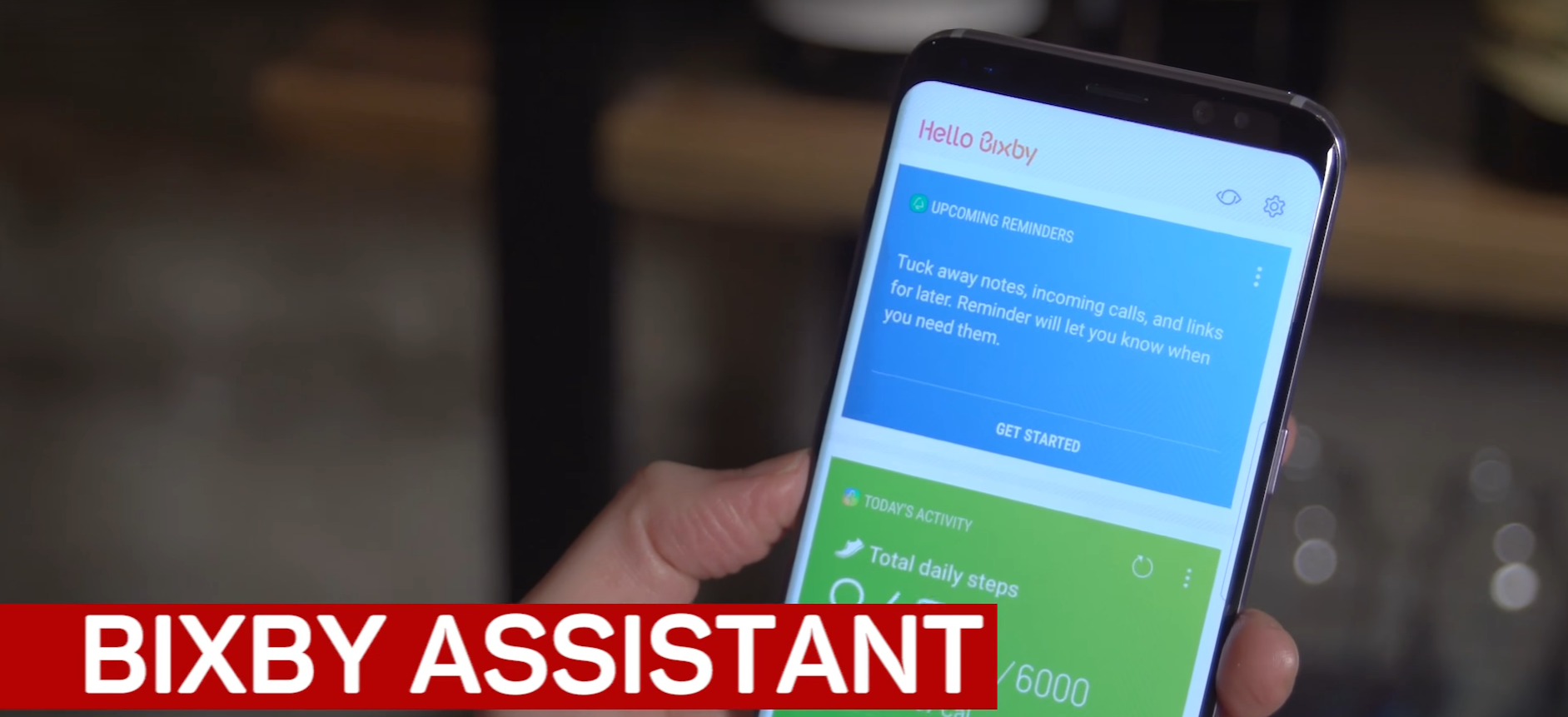
According to a report by SamMobile, the Bixby button can be reprogrammed to do something other than just opening Samsung's brand new AI assistant Bixby. In spite of Samsung's constant advertising of Bixby, the truth is that it can't really do much that the Google Assistant can't do already and better. There's of course the image recognition capability where if you click a picture of an object, Bixby shows you multiple options to buy it online, but that's practically the only significant feature that's unique. We will have to wait and see what other features Samsung brings to the software with updates of course. In the meanwhile, if you are satisfied with using Google Assistant and you would like the hardware button to be used as a shortcut to something else like the camera or your favourite app, people have actually found an unofficial way to do so.
You will have to download an app from the Google Play Store called All in One Gestures. There's even a convincing video on the entire process and you will find it below. We were disappointed when Samsung did not give us the option to change the button mapping by default and frankly, that made no sense from the point of view of the consumer. However, we are happy that though it will require a third party application, at least it can be done!
Saikat Kar (tech-enthusiast)

Google's ground-breaking 3D-spacial mapping project, Project Tango, has long been under development at the company's Advanced Technology and Projects division. The captivating new concept has always been very promising, but also strictly confined to future research and development. Now it seems this is finally changing and we might just get the chance to experience some real-world implementations of the Google's 3D technology on the consumer market.
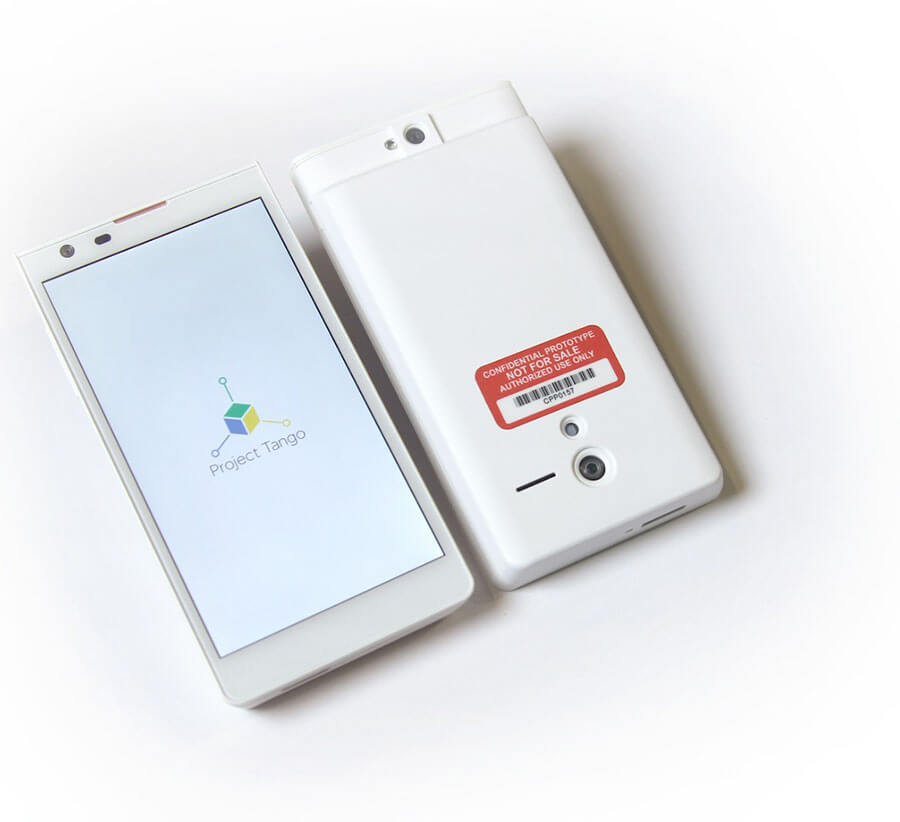
It seems that project ARA is finally leaving the development realm and transferring over to Google's current project portfolio. What this actually means is that the new 3D technology will not follow the fate of Google glass and is set be incorporated into actual products in the near future.
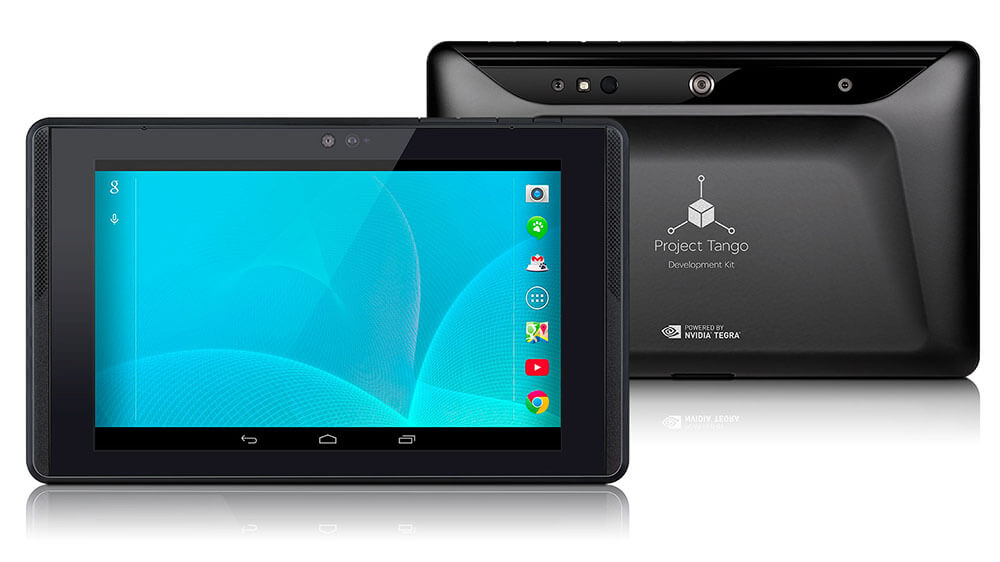
In a short term perspective this might mean that Google's Project Tango tablet development kit might just be marketed as a consumer device. While owning the 7-inch NVIDIA Tegra K1, 4GB of RAM beast of a tablet is exciting by itself, Google still hasn't revealed any of its plans for actual uses of the product. The technology is all there and the most apparent gaming implementations are clear, but little to no consumer content is currently available.
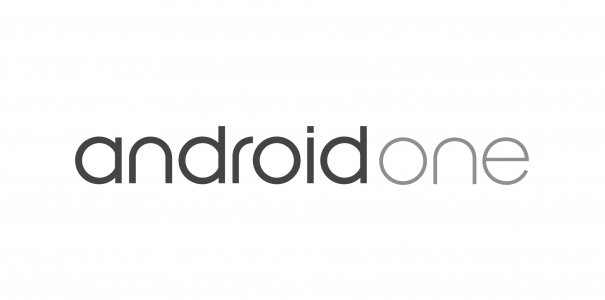
Google officially announced the world's first Android One smartphones yesterday, all made by Indian manufacturers, and each costing less than $110 unlocked: Karbonn Sparkle V, Spice Android One Dream UNO Mi-498, and Micromax Canvas A1. At the same time, Google revealed a full list of hardware partners that will eventually commercialize Android One devices.
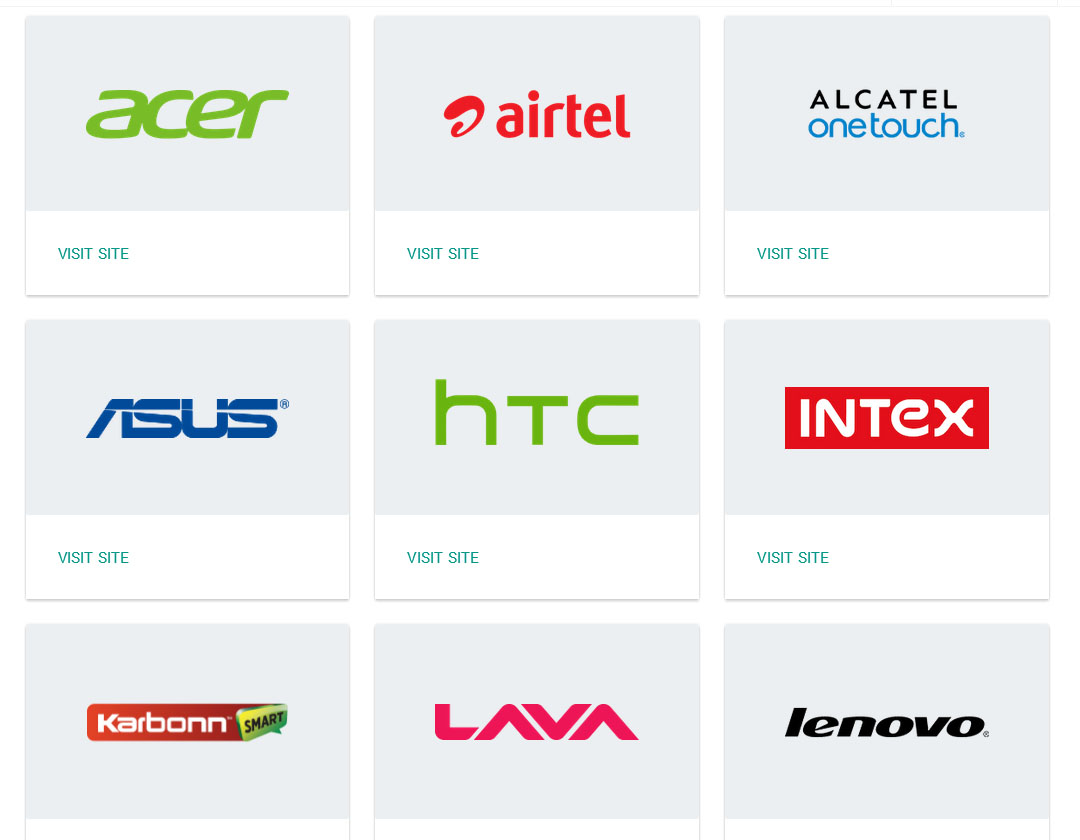
Alongside Karbonn, Spice and Micromax, the list includes several better known companies like HTC, Lenovo, Asus, and Acer. Furthermore, we see Alcatel, Panasonic, Intex, Lava, and Xolo completing the list.
Among chipmakers, only Qualcomm and MediaTek are supporting Android One for now but that's more than enough. Qualcomm is the world's largest mobile chipset maker anyway, while MediaTek is huge in Asia.
Source Android.com
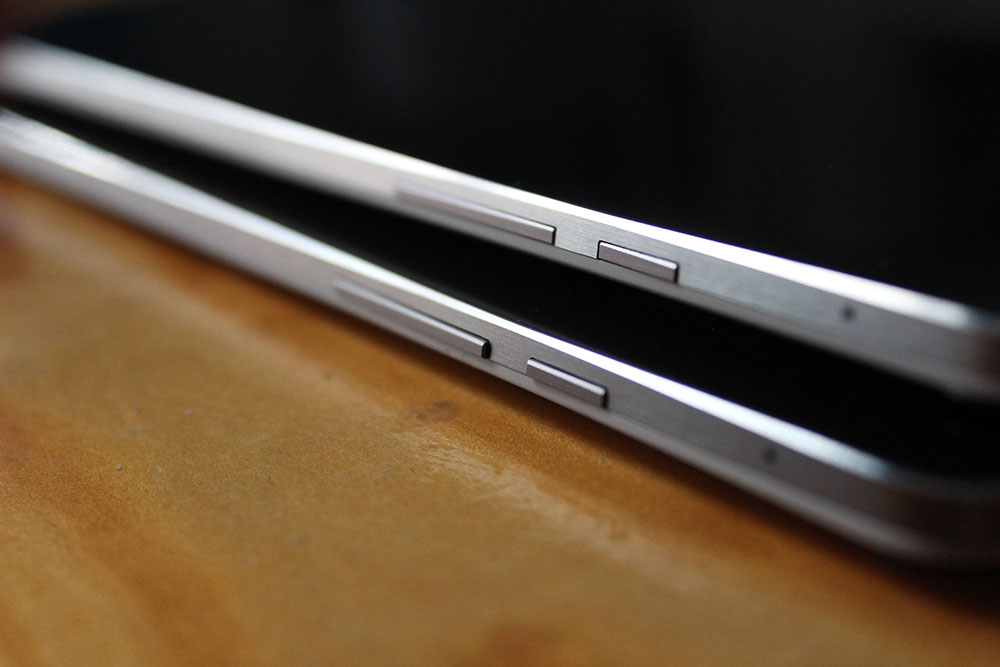
The initial batches of Nexus 9 tablets manufactured by HTC apparently suffer from having hardware power and volume buttons which are hard to press, and have almost no travel. Additionally, Nexus 9 screen has been found to suffer from pretty extensive light bleed.
It looks like HTC was made aware of these issues, and has already fixed them in the newest batches of Nexus 9s being sent to buyers.
A Reddit user has noticed that on a Nexus 9 which was produced last week and arrived at its new owner on Wednesday, the buttons stick out from the case by a lot more than they did for earlier batches. In the picture above, you can see the new and improved button design on the bottom, compared to the old, more squishy buttons that the tablet on the top has. Furthermore, the new buttons are said to be much easier to press than the old ones.
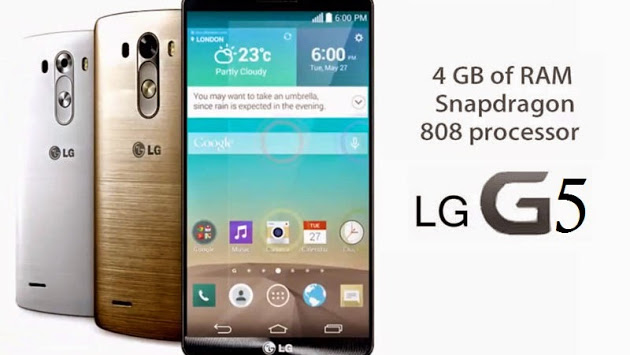
Evan Blass created quite a stir among LG fans when he "revealed" certain details for the upcoming LG flagship. The man behind @evleaks on Tweeter declared that the LG G5 will sport a full metal body to match the premium feel offered by most of its rivals in the industry. According to him, the G5 will also have a secondary display with a resolution of 160×1040. The second panel, hailed as a "ticker" display will function in more or less the same way as it does on the LG V10. If Blass' sources are right, then the ticker display will become a typical LG signature for all its mid to high range smartphones in 2016.
There are other stipulations that were specified in the leak and we will get to them, but what intrigued us most was the"Magic slot." It seems that the LG G5 will feature a certain port that will enable the smartphone to connect with and detect both advanced gadgets like a 360 degree Virtual reality camera as well as basic hardware devices like a keyboard. If you are wondering whether it also has micro SD card expansion capabilities to complement the magic slot, you will have to keep wondering for a while longer as it was not mentioned.
Other leaked specs include a Qualcomm Snapdragon 820 chipset, 3GB RAM and at least 32GB of in-built storage under the hood. On the camera front, the 16 megapixel shooter with laser autofocus and RGB sensor will probably be the same one seen in the LG V10. The G5 will supposedly have a fingerprint scanner on the back rather than being embedded in the Home button. All of this will be powered by a removable 2800mAh battery, which is surprising after considering that the G4 has a 3000mAh battery. Although the slightly smaller 5.3 inch Quad HD display will probably consume less power as well.
Before you start taking these speculations too seriously, take our advice and refrain from believing too much into the "leak." While some of the features mentioned will surely make their way into the final version, the rest may not.
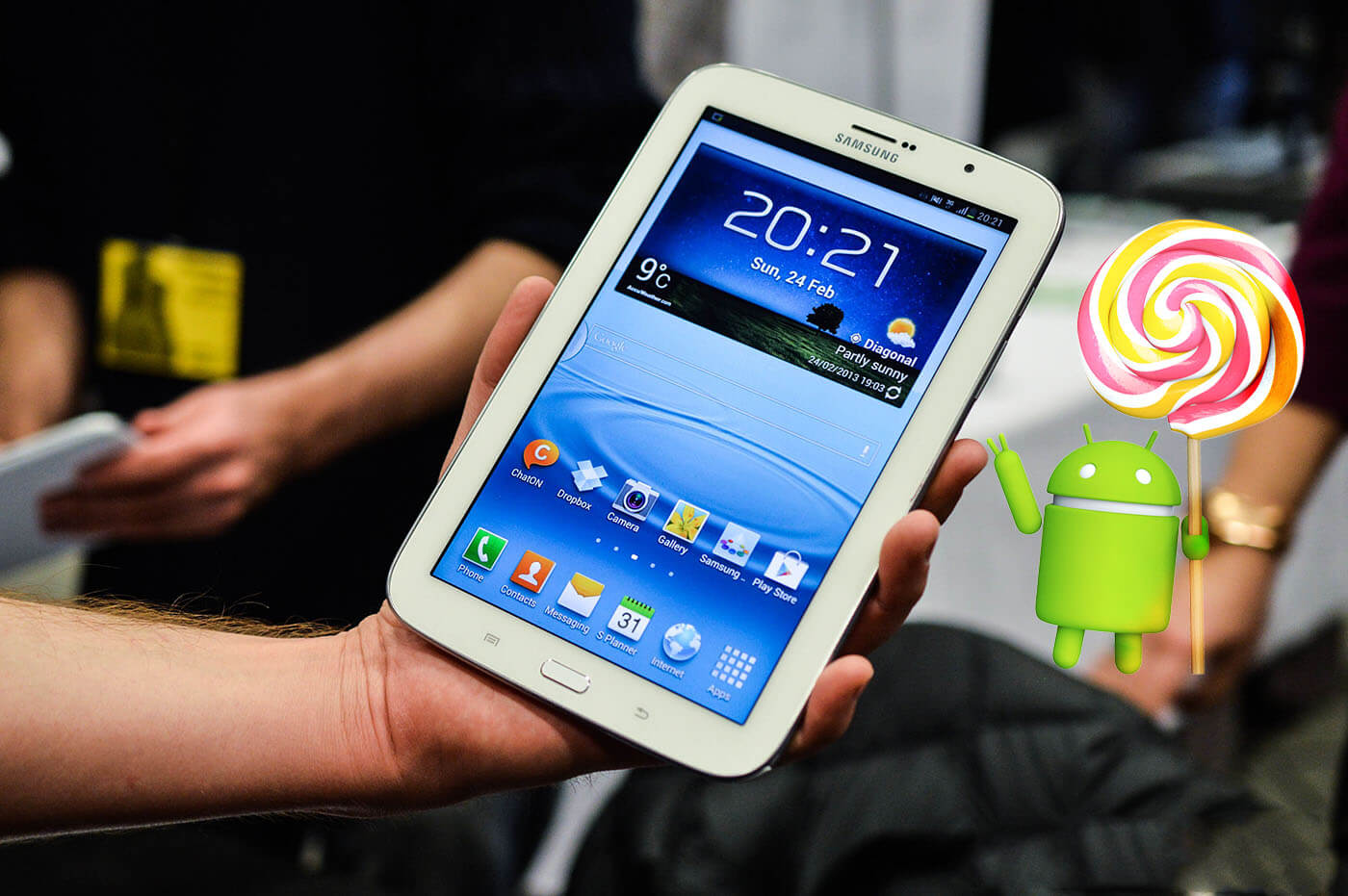
Samsung is currently rolling-out its official Android 5.1.1 updates to a wide-range of its devices with lots of new features. Sadly, a device will be left of those updates.
According to SamsungUK, the Samsung Galaxy Note 8.0 Lollipop update has been CANCELED and will not be getting any official Android 5.0 Lollipop updates. The company didn't release any info regarding the Note 8.0 Lollipop update before and its firmware hasn't even hit the development status at all.
@jamesnutbeams We don't like to be the bearer of bad news, James, but the Note 8.0 won't be receiving the Lollipop update. ^LC
— Samsung UK (@SamsungUK) August 22, 2015
We reached out for the company support team requesting more info regarding this info. Well, it turns out that the Galaxy Note 8.0 will not be able to run Lollipop with TouchWiz smoothly due to limited hardware capabilities which will not deliver an optimal User Experience, according to Samsung. We would like to point out that the Note 8.0 packs a Quad-core Exynos 4412 Cortex-A9 CPU, a Mali-400MP4 GPU along with a 2GB RAM LPDDR2 chip, the device was launched in 2013 with Android 4.1.2 Jelly Bean out-of-the-box then got the Android 4.4 KitKat OTA update later after that.
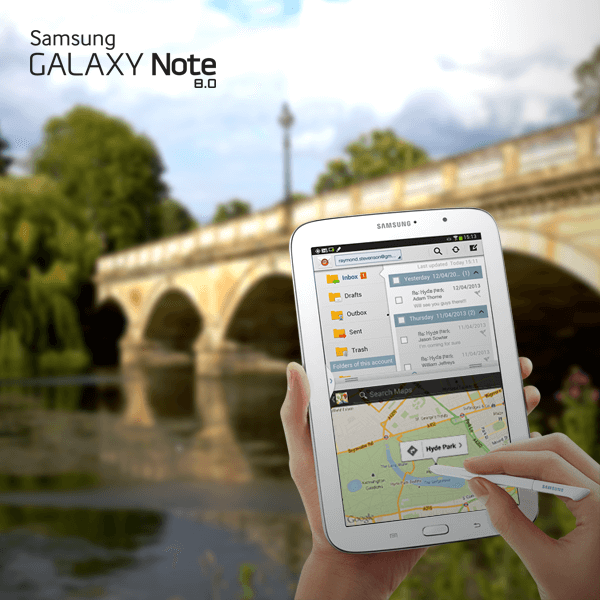
So, we guess that Samsung has just dropped the support of this device and won't be providing any more official updates for it in the future. We hope the company will reverse its decision regarding this device. Stay tuned and follow the Official Samsung updates page for more info.
© 2023 YouMobile Inc. All rights reserved





